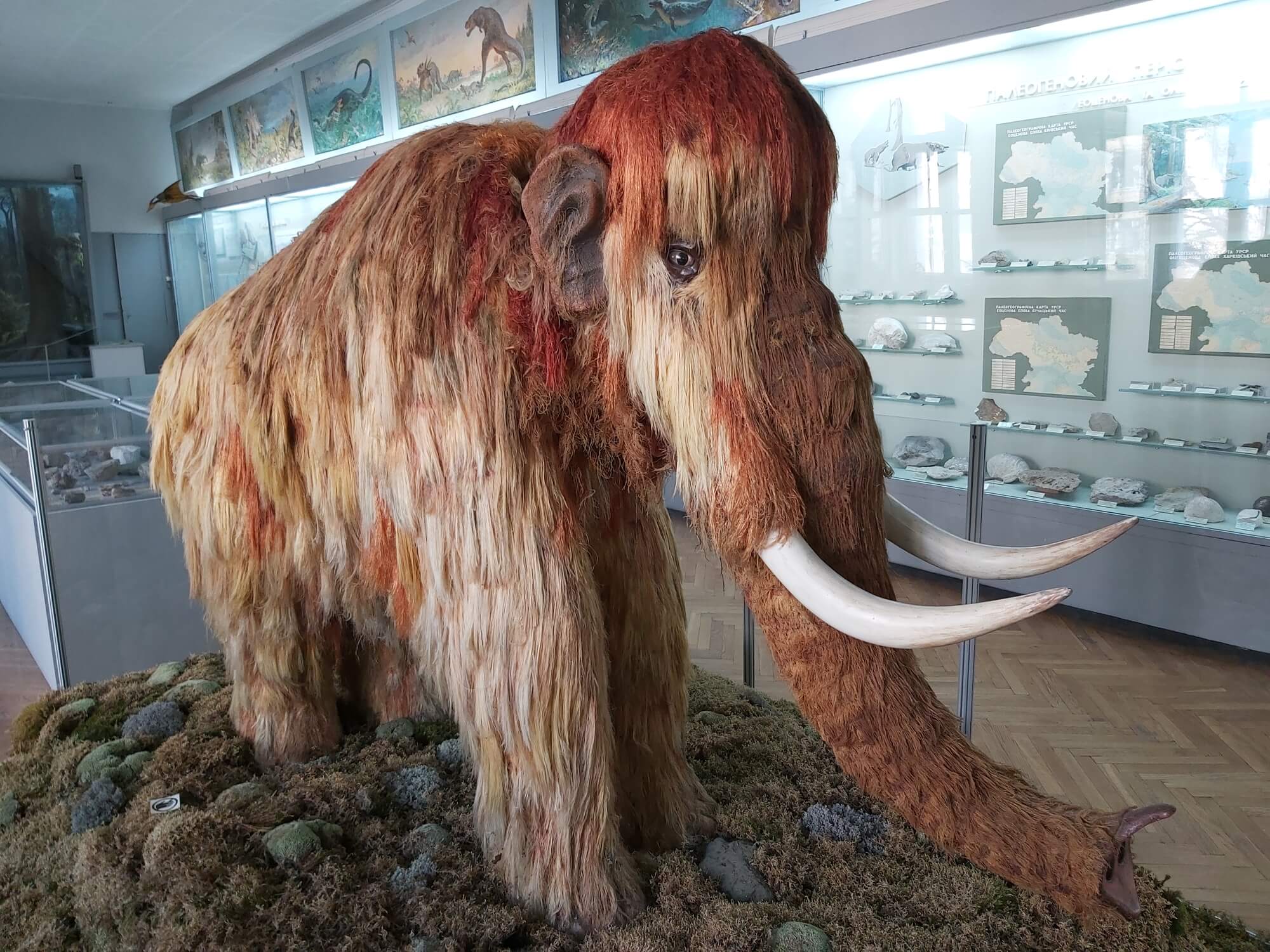This is according to an article published by researchers who examined the mass extinction of apes over the past tens of thousands of years. The researchers found that the brains of large extinct species were on average smaller than those of large species that survived * Their relatively high intelligence helps them deal with the main cause of extinction - human activity

As we know, we are in the midst of a rapid mass extinction of species known as the Etropocean extinction - that is, the one caused by humans that followed the extinction of large animals during the Ice Age. The previous five extinctions resulted from sudden changes in the conditions of life on Earth, at least two of which are known to have been caused by the crash of a large asteroid on Earth, including the mass extinction of 80% of animal and plant species about 66 million years ago, the most prominent of which were the dinosaurs that were the extinction The big one before the current one. Today, unlike the extinction event of the dinosaurs that occurred in an instant, man has been changing his environment and exterminating animals for tens of thousands of years (although the pace has accelerated in recent years due to warming and many vulnerabilities in nature), which has at least so far given evolution an opportunity to act.
Researchers at Tel Aviv University and the University of Naples examined the mass extinction of large animals in the last tens of thousands of years and found that the extinct species had on average a much smaller brain compared to the species that survived and exist to this day. The researchers link the size of the brain (compared to the body size of each species) with intelligence, and conclude that a large brain, which means - in comparison between different species of animals - a relatively high intelligence, helped the species that survived to adapt to the changing conditions and deal with human activities such as hunting, which were a factor central to extinction.

The research was led by the doctoral student Jacob Dambitzer from the University of Naples in Italy and Prof. Shay Meiri from the School of Zoology and the Steinhardt Museum of Nature at Tel Aviv University, in collaboration with Prof. Pasquale Raya and the doctoral student Silvia Castiglione from the University of Naples. The article was published in the journal Scientific Reports.
Why are the mammoths extinct and the elephants still with us?
The researchers explain that the last ice age was characterized by the widespread extinction of large and very large animals on all continents on Earth (except Antarctica). Among other things, giant ground sloths that weighed 4 tons, giant armadillos that weighed a ton, and mastodons became extinct in America, in Australia a pocket mammal called Diprotodon weighing a ton, a giant kangaroo, and a pocket lion, and in Eurasia a giant moose, woolly rhinoceros, mammoths, and giant elephants that weighed up to 11 tons. Other large animals, however, such as elephants, rhinoceroses, and hippopotamuses, survived the extinction event and exist to this day. The researchers also point out that in some places it is a particularly comprehensive extinction: in Australia, the kangaroo is today the largest native animal, and in South America the largest survivors are the guanaco and the viconia (similar to the llama which is a domesticated animal), and the tapir, while many species weighing half a ton or more have all become extinct.
Jacob Dambitzer: "It is known that most of the extinctions were of large animals, however, it is not clear what distinguishes the large species that survived, from those that became extinct. We hypothesized that behavioral flexibility, which is made possible by a large brain compared to the size of the body, gave the species that survived an evolutionary advantage: it allowed them to adapt to the changes that took place in the last tens of thousands of years, including climate changes and the appearance of man. In previous studies we have shown that many species, especially large species, became extinct due to overhunting by humans who reached their habitats. In this study, we tested our hypothesis for mammals over a period of about 120,000 years, from the time when the last ice age began, and modern man began to spread all over the world with deadly weapons, and up to 500 years before our time. This hypothesis even helps us to explain the large number of extinctions in South America and Australia, since the large mammals that lived on these continents had relatively small brains."
The surviving animals have on average 53% larger brains than their extinct relatives
The researchers collected data from the paleontological literature in the last 50 years on 50 species of extinct mammals from all continents, weighing 11 kg (giant ant hedgehog) to 11 tons (a straight-tusked elephant that lives, among other things, in our country), and compared the size of their brain box to that of 291 species of evolutionarily close mammals that survived and still exist today, weighing 1.4 kg (duck) to 4 tons (African elephant). They fed the data into statistical models that included weighting for body size and kinship between different species.
Prof. Meiri: "We found that the animals that survived indeed have on average a 53% larger brain than evolutionarily related species of a similar size that went extinct. We hypothesize that mammals with larger brains were able to adapt their behavior and cope better with the changing conditions - mainly hunting by humans and perhaps also climate changes that occurred during the period - compared to mammals with relatively small brains."
More of the topic in Hayadan:

One response
Write :
Over a period of about 120,000 years,
from the time when the last ice age began,
Again and again experts are wrong and misleading in using the term "Ice Age"
Instead of writing an ice age,
Because the ice age began about 35 million years ago:
After Antarctica already "sat" on the South Pole
and the North Pole is "closed" by America, Asia and Europe,
A situation that prevented water exchange at the poles and as a result
An ice age was created,
To verify this because of changes in the angles of the earth
Towards the sun (Milankovitch cycle) there are cold periods,
When an era is relatively a very long time
Whereas a period is a less long time
After all, since the ball entered the ice age
Dozens of ice ages passed over it,
Without the human influence on warming
We were now supposed to enter an ice age...